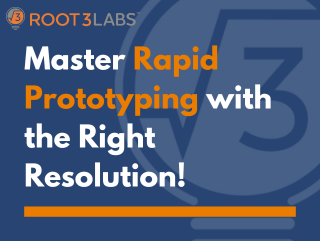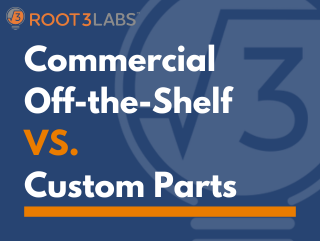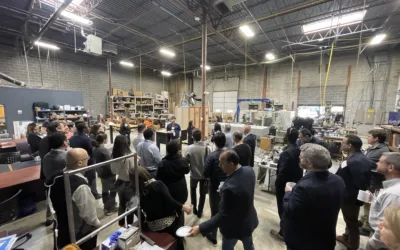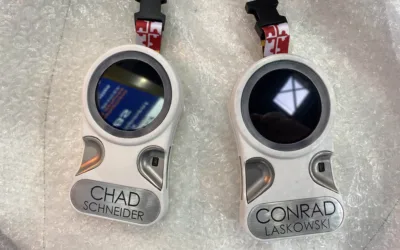"We need this yesterday!" Every engineer has heard this before, usually followed by a sinking feeling that quality is about to be sacrificed for speed. But, what if that tradeoff wasn't necessary? Over time, we've found that speed and quality don't have to be opposing...
Blogs & Insights
Project Management: Meeting Tight Deadlines
The deadline is looming, the requirements are complex, and your team needs to deliver. Sound familiar? We recently completed a challenging project involving intricate design requirements and multiple heavy components - all on an aggressive timeline. Through careful...
Rethinking Product Development Efficiency
As someone who is both impatient and detail-oriented, I've spent years thinking about product development efficiency. Sometimes getting it right, and sometimes learning the hard way. I'm sure you can relate. Your team is tackling new problems every day. And, of...
Low Fidelity Prototypes Lead the Way
Have you ever had a great idea for a product but weren't sure how it would look or feel in real life? Maybe you have ten design variations for the same product and need to start narrowing them down. That's where Low Fidelity Prototypes come into play! These simple...
Master Rapid Prototyping with the Right Resolution
In the fast-paced world of product development, Rapid Prototyping is the name of the game. It's critical to be able to quickly turn concepts into tangible prototypes that you can test and refine. But, before you get lost in the details of making your first model, it's...
Commercial Off the Shelf vs Custom Parts
In the fuzzy early stages of design and prototyping, we often talk about COTS/OTS versus custom parts. Have you also ever found yourself stuck deciding between commercial off the shelf, off-the-shelf, or custom parts? Choosing the right tool for the job is critical...
The Minimum Viable Product is Your MVP
Are you struggling to decide what features to include in your first product prototype? Wondering how to balance speed to market with functionality? You're not alone! You must have a hundred great ideas that you absolutely need to show off at the next expo, but that...
Outsourced Engineering or Internal Hires? How to Choose.
Are you currently stuck trying to decide if you should outsource your engineering services or start building up an internal team? You may be thinking about the costs, the time, the vetting, and the planning required for both options and be feeling stuck. At Root3...
Project Management: Staying on Schedule
We talk to many companies that have been highly focused on their budget while leaving their schedule in the background. Inevitably, when the schedule starts to slip, it ends up taking the budget with it. When I’m planning a project, I’m working toward a milestone or...
Maryland MedTech Breakfast
Root3 Labs was thrilled to host the MedTech breakfast event put on by the Maryland Department of Commerce, where coffee met conversation. We welcomed 30 industry leaders, each eager to share their impact on the biomedical industry. The event became a platform for...
The Technology Transformation Conference: A Wrap-Up!
The Root3 Labs team had an incredible time connecting with everyone at the Maryland Tech Council's Technology Transformation Conference! We got to witness and participate in cutting-edge discussions, make some valuable connections, and gain some insightful takeaways...
The Badge Challenge Blog Series: Part Four
(If you missed some of the adventure, or just want a recap - catch up with Part 1, Part 2, and Part 3!)With the Smart Badges fresh off development, our team headed to #MEDICA2023 in Germany! Talk about an exciting debut for our newest gadget. This Nifty Name Tag was...












